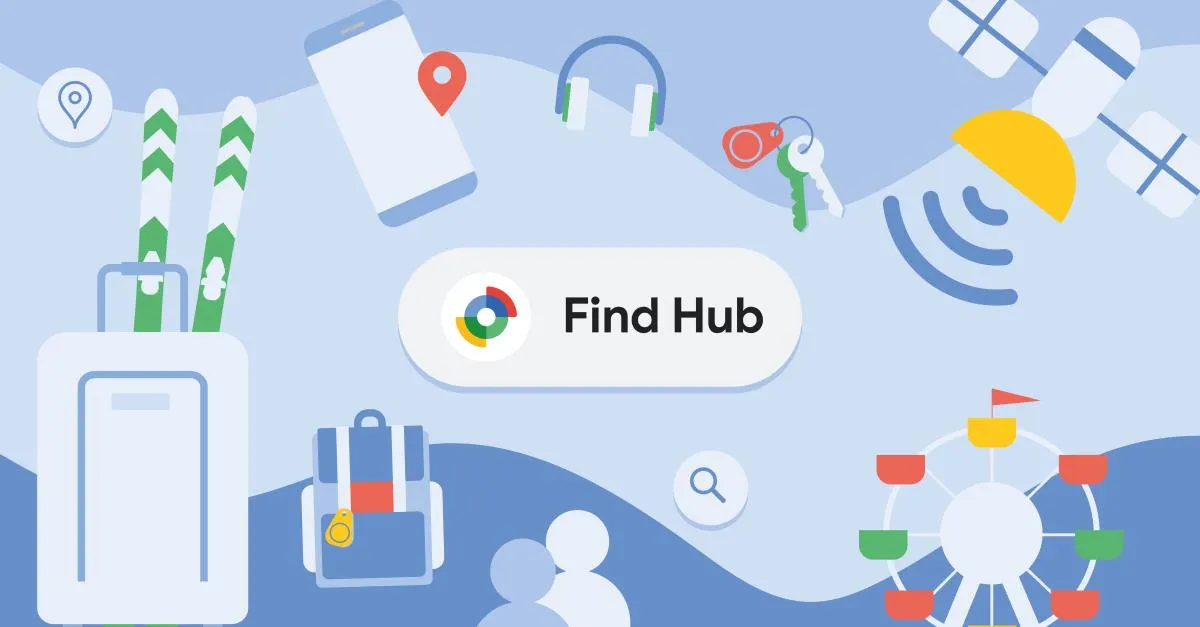
One year after the launch of its Find My Device location tracking network, Google is set to introduce significant enhancements, including support for ultra wideband (UWB) technology. This advancement aims to provide users with more precise tracking capabilities using compatible smartphones and trackers. In conjunction with this update, Google is rebranding its network and mobile application to Find Hub, marking a new chapter in its location tracking services. The introduction of UWB is expected to be enabled “later this month.”
UWB technology offers improved tracking accuracy at close range when compared to traditional Bluetooth methods. It not only measures distance but also determines direction, enabling users to locate missing trackers more efficiently once they are in proximity. This technology has been a staple in Apple’s AirTag since its debut in 2021 and is also supported by Samsung’s SmartTags. However, Tile remains the only major tracker network without a UWB option, as its UWB-enabled device, the Tile Ultra, announced in 2021, has yet to be released.
The announcement of UWB support is particularly significant for Motorola. The company launched its Moto Tag in June 2024, promoting UWB functionality that has remained dormant since then. Although UWB technology provides numerous advantages, it requires both trackers and smartphones to be compatible. While all recent iPhones (excluding the budget-friendly 16E) support UWB, the adoption on the Android side is inconsistent. Some flagship models from Pixel and Galaxy include UWB chips, with the new Galaxy S25 Edge being a notable addition to this list.
As part of the rebranding to Find Hub, Google aims to clearly distinguish its service from Apple’s tracking network, which often causes confusion among users. The new app will also feature a “People” tab that allows users to track contacts who have consented to share their location. Furthermore, Google has announced plans for satellite connectivity integration into Find Hub “later this year,” although specific details about the satellite features remain undisclosed. Notably, Google's Pixel 9 devices already include a Satellite SOS mode that enables emergency communications outside of cellular coverage.
In an exciting development, users will soon have the ability to share tracker locations with airline staff. Historically, Find My Device has lagged behind Apple’s offering, launching later with less accurate tracking and the absence of UWB support. After thorough testing of various trackers within the network, I found that while significant improvements have been made since its rocky launch, the lack of UWB was a notable limitation. Today’s updates mark a significant step forward for Google’s tracking capabilities, enhancing user experience and functionality.